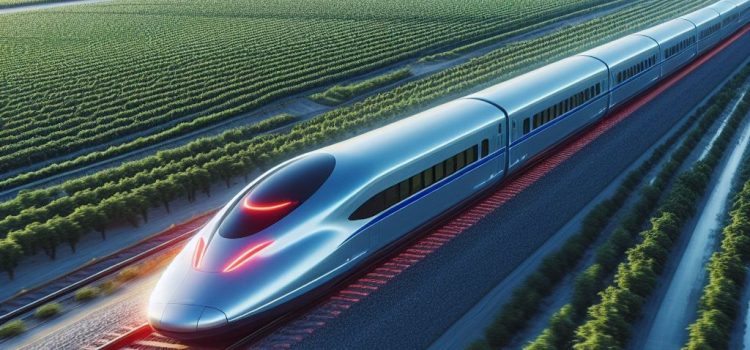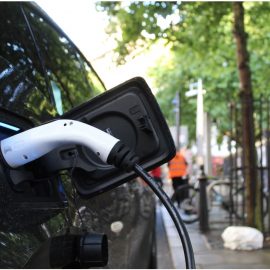
This is a free excerpt from one of Shortform’s Articles. We give you all the important information you need to know about current events and more.
Don't miss out on the whole story. Sign up for a free trial here .
What’s the history of the US rail system? Why has the US long failed to prioritize high-speed rail construction? Will there ever be a high-speed train in the US?
The US Department of Transportation’s recent commitment of $6 billion to high-speed rail, fueled by the 2021 Bipartisan Infrastructure Law, could ignite further development in domestic rail service. Despite the government’s renewed focus on high-speed rail, serious challenges remain.
Here’s an overview of the conversation about the US rail system.
Can the US Catch Up?
In December, the US Department of Transportation announced an infusion of more than $6 billion for high-speed rail projects in the US rail system. But will it be enough to bring American high-speed rail into the 21st century and on par with other industrialized nations?
Background
High-speed rail (HSR) generally refers to passenger trains that sustain speeds of 125 to 220 mph. Currently, the US’s fastest train, the Acela, maxes out at 150 mph, lagging behind China, Japan, and Europe considerably. In China, high-speed trains can travel a distance equivalent to traveling from Chicago to New York in 4.5 hours. The same stretch on Amtrak takes five times as long.
Experts argue that adopting a nationwide high-speed rail network offers significant benefits. In addition to providing an alternative to congested highways and airways, it could:
- Reduce emissions through decreased reliance on car and air travel.
- Increase job growth.
- Promote economic development and innovation in cities connected by the rail system.
Despite these benefits and the US’s rich passenger rail legacy, however, the country still trails in high-speed rail development.
Funding Influx
The Department of Transportation’s (DOT) recent high-speed rail funding allocation, powered by $102 billion slated for rail projects in President Biden’s 2021 Bipartisan Infrastructure law, is expected to expedite the completion of and stimulate further investment in several HSR projects:
- Brightline West high-speed rail system, earmarked for a $3 billion grant to link Las Vegas and southern California.
- California High-Speed Rail project, slated to receive $3.1 billion to connect San Francisco and Los Angeles. This initiative has suffered ongoing delays and budgetary escalations, with costs ballooning from $33 billion 15 years ago to more than $128 billion.
Harnessing High-Speed Rail in the US
While encouraged by the federal government’s renewed focus on high-speed rail, experts say the US must still address a number of interconnected issues to make HSR a reality, including:
- Lack of political will. The success of high-speed rail projects hinges primarily on consistent political backing.
- Inconsistent funding. The lack of consistent, annual support from Congress and the White House hampers the domestic rail industry’s ability to meet domestic manufacturing requirements for HSR, stifling progress.
- Buy America Act. This law mandates the use of American-made parts for federally-funded rail projects. While the law supports the domestic industry, high costs associated with American-made parts and limited production capacity curb the progress of HSR projects.
- Weak domestic rail industry. The American rail industry has struggled to produce necessary high-speed rail parts in compliance with Buy America and without ongoing financial support from the federal government.
- Dedicated tracks: Freight rail companies own the majority of tracks across the country. This forces passenger trains to fit around freight schedules and limits the potential for HSR services.
- Infrastructure upgrades. Currently, not a single US rail line can support train speeds of 200 mph. Upgrading existing the Northeast Corridor infrastructure alone could cost $117 billion.
Looking Ahead
Experts say the DOT’s recent funding boost for high-speed rail is a critical step toward the US developing a globally competitive HSR system. But realizing this vision will require continuous, long-term financial and political support—a challenge with a divided Congress.

Want to fast-track your learning? With Shortform, you’ll gain insights you won't find anywhere else .
Here's what you’ll get when you sign up for Shortform :
- Complicated ideas explained in simple and concise ways
- Smart analysis that connects what you’re reading to other key concepts
- Writing with zero fluff because we know how important your time is






